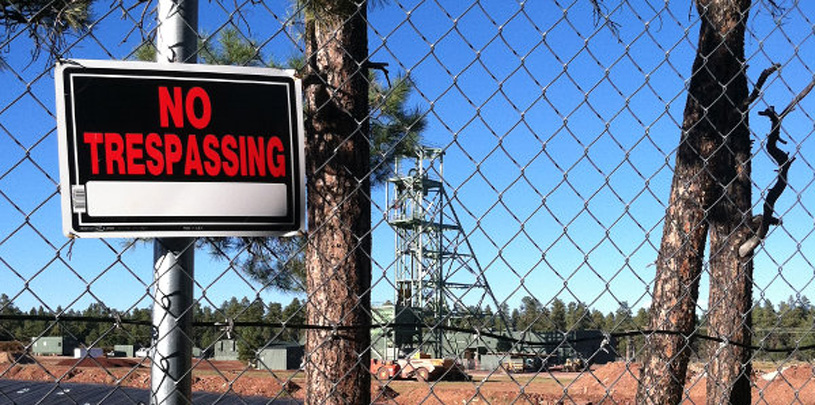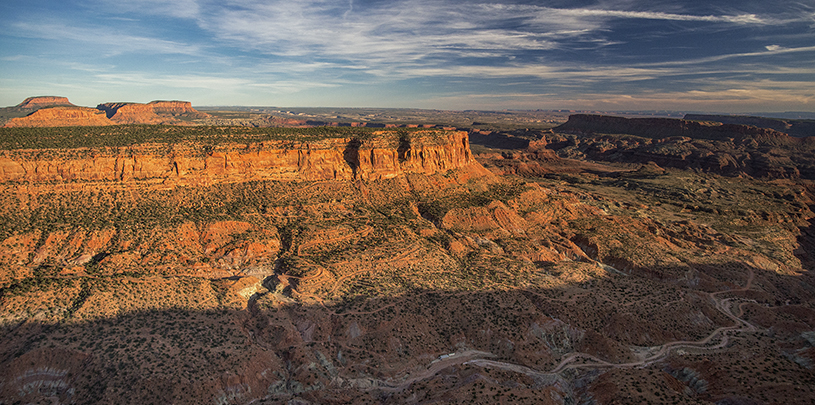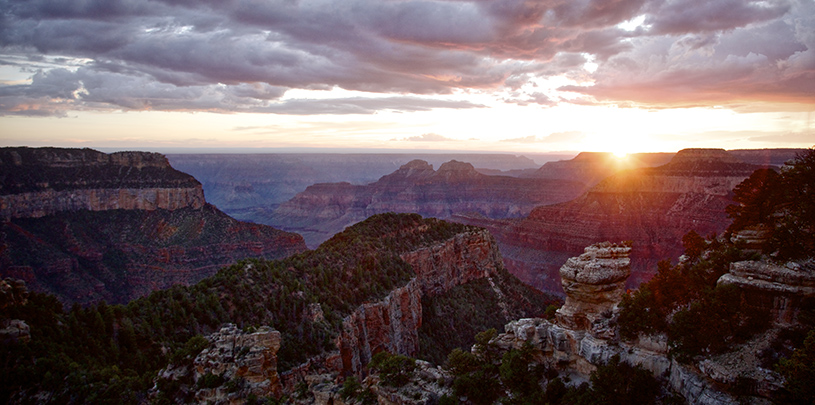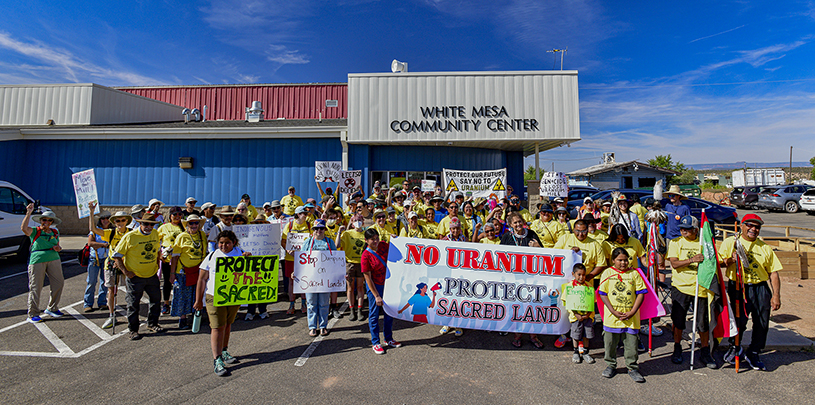
Canyon Uranium Mine is ready to open; the trees are cleared, headrig installed, pond dug, “keep out” signs posted. Energy Fuels Inc. began activities at the site, located six miles from the South Rim of the Grand Canyon, this June – the same month that researchers published a peer-reviewed article that sheds light on the legacy of uranium contamination caused by abandoned uranium mines on the Navajo Nation in northeastern Arizona.
Researchers began these studies at the request of community members in the Blue Gap/Tachee Chapter (about 25 miles west of Canyon de Chelly) after they expressed concern about the potential health effects of living near abandoned uranium mine sites. The public health and environmental implications of the article are alarming, not only for the Blue Gap/Tachee community, but also for the Grand Canyon and the greater Colorado Plateau.
Don’t drink the water
Scientists measured elevated uranium concentrations– ranging from 2-5 times the maximum contaminant levels allowable in drinking water – in the sampled seeps and springs. Blue Gap/Tachee residents used these springs and seeps before discovering the contamination, and animals still regularly drink from one of the water sources. Researchers also found elevated concentrations of uranium and heavy metals in the sampled mine waste.
Both of these sources – the water and mine waste – threaten to expose residents to toxic and radioactive contaminants as people eat animals that drink from the contaminated water sources, inhale radioactive dust, and plant fields that flood with runoff from mine sites.
Different characters, same story
You might ask how the contamination in Blue Gap/Tachee relates to the Canyon Mine? It’s a good question. The sites discussed in the article are on the Navajo Nation, 120 miles from the Canyon Mine Site. And, the abandoned mines contaminating the Blue Gap/Tachee Chapter were last operated in the 1950s, a product of the nuclear arms race and atomic era.
The Canyon Mine has not yet begun active mining of uranium ore. It is located only six miles from the Grand Canyon’s South Rim, and its ore will likely fuel nuclear power oversees – in Korea or another one of Energy Fuels Inc.’s international customers.
But despite these superficial differences, the baseline problem remains the same. Uranium mining causes radioactive contamination of water resources – a problem we can little afford in the arid Southwest. Moreover, the article indicates that the toxic legacy of contamination from uranium mining is still unfolding more than 50 years after those mines ceased operations. The story of uranium in the Southwest is one of environmental injustice and a legacy of harm to native communities across the Colorado Plateau.
Stuck on repeat
And now, Canyon Mine is opening. A mine that, fifty years from today, may cause the same pattern of toxic and radioactive contamination in one of the world’s most treasured places – the Grand Canyon. A mine that threatens the continued existence of the Havasupai people. A mine that repeats our past mistakes.
Its shaft is already 200 feet into the ground, continuing into the depths until they hit ore. Within a year, Canyon Mine could be mining and hauling uranium ore through the roads of the Colorado Plateau to the mill in southern Utah.
The peer-reviewed article, volumes of previous studies, and the past history of documented uranium contamination across the Plateau all point to the same conclusion. Uranium mining in the Grand Canyon region threatens the Grand Canyon’s seeps, springs, and sacred places with radioactive contamination of land and water resources.
Course of action
As we look to the future, our decision-makers must understand the implications of the Blue Gap/Tachee studies for the potential future of the Grand Canyon.
First, we must have better regulation of uranium mining in Arizona. At minimum, Arizona’s mining regulations must be improved to equal those of Colorado and New Mexico – the Grand Canyon deserves no less.
Second, federal regulations must be improved to impose minimum standards on miners operating on federal land.
Finally, we must make the 2012 Mineral Withdrawal permanent to prevent uranium mining once and for all in the Grand Canyon region.




